Understanding Papal Conclaves: Secrecy, Tradition, And The Election Of A Pope
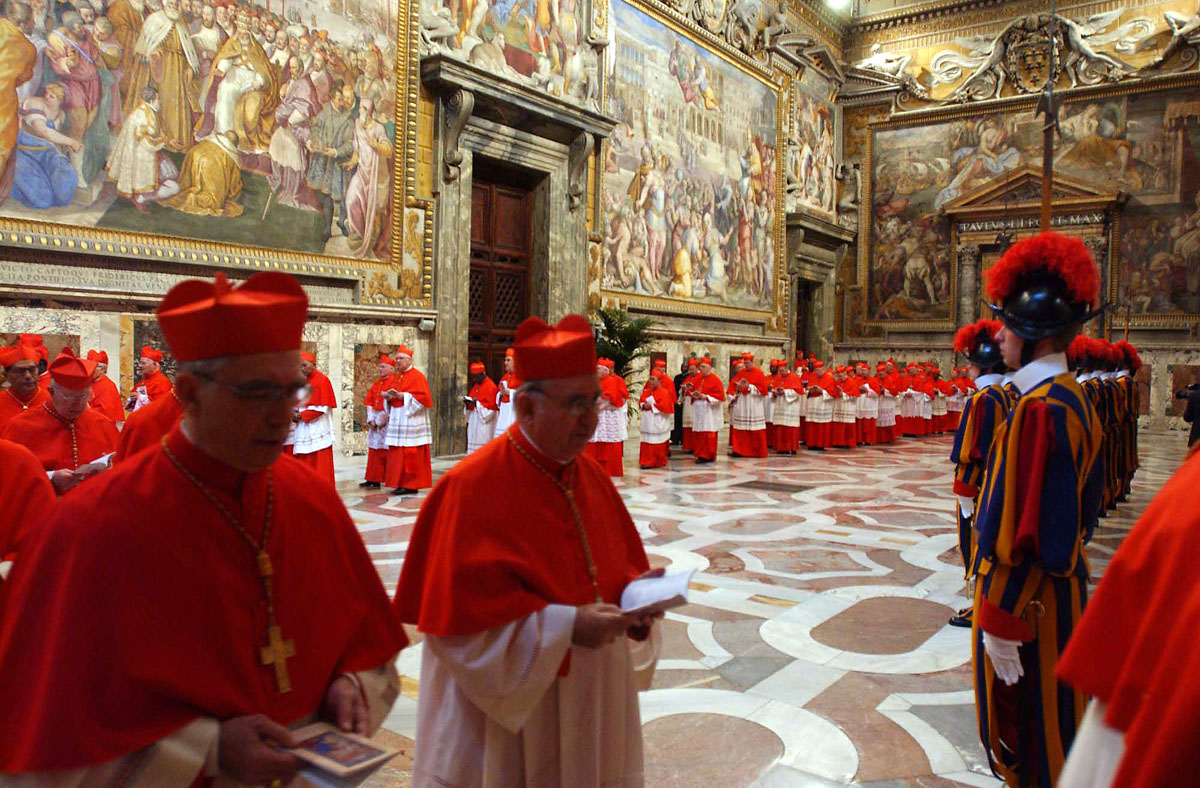
Table of Contents
The History and Evolution of Papal Conclaves
The selection of a new Pope hasn't always involved the dramatic, cloistered process we know today. Early methods of papal election were often fraught with political maneuvering and corruption. From the chaotic early centuries of the Church to the formalized structure of the modern Papal Conclave, the process has undergone significant evolution.
- Early methods of papal election: Initially, the Roman clergy and people played a significant role, sometimes leading to tumultuous and contested elections. Imperial influence also played a considerable part.
- The introduction of the conclave system: The conclave system, designed to isolate electors and reduce external influence, emerged gradually, solidifying in the 13th century following a period of conflict known as the Great Western Schism.
- Significant reforms throughout history: The 12th century saw attempts to regulate the election process, while the 19th century brought further reforms aiming for greater transparency and preventing outside interference. The Apostolic Constitution Universi Dominici Gregis, issued by Pope John Paul II in 1996, is the current governing document for Papal Conclaves.
- Impact of technology and media on modern conclaves: Modern technology, while presenting challenges to secrecy, also allows for near-instantaneous global communication of the outcome, making the event even more impactful.
The Secrecy Surrounding Papal Conclaves
Secrecy is paramount to the Papal Conclave. This isn't simply a matter of tradition; it is crucial for ensuring the freedom of the cardinals to vote according to their conscience, unburdened by external pressures. The historical context reveals the significance of this secrecy, protecting the process from political interference and ensuring a spiritually-guided selection.
- The "secret ballot" system: The secret ballot prevents any form of coercion or bribery, ensuring each cardinal’s vote remains confidential.
- Restrictions on communication: Contact with the outside world is strictly limited during the conclave to prevent undue influence. Cell phones and other electronic devices are prohibited.
- Oaths of secrecy: All participants take solemn oaths of secrecy, emphasizing the gravity of maintaining confidentiality. Breaching this oath carries serious consequences.
- Potential consequences of breaking the secrecy: Violating the secrecy is a grave offense, potentially leading to excommunication and other ecclesiastical penalties.
The Tradition and Rituals of Papal Conclaves
The Papal Conclave is not merely a voting procedure; it’s a series of solemn rituals and ceremonies laden with centuries of symbolic meaning. These traditions contribute to the spiritual atmosphere and underscore the significance of the event.
- The preparation of the Sistine Chapel: The Sistine Chapel, renowned for Michelangelo's frescoes, undergoes meticulous preparation, transforming it into a temporary living space for the cardinals.
- The "Mass Pro Eligendo Pontifice": This special Mass, celebrated before the conclave begins, invokes divine guidance in the election process.
- The burning of ballots and the announcement of "Habemus Papam!": The iconic smoke signals—black for no election, white for a successful one—and the subsequent announcement of "Habemus Papam!" ("We have a Pope!") are globally watched moments.
- Other key rituals and their symbolism: Various other rituals, including prayers and liturgical services, add to the profound spiritual atmosphere of the conclave.
The Role of the Cardinals in Papal Conclaves
The College of Cardinals, comprised of high-ranking Catholic clergy appointed by the Pope, holds the pivotal responsibility of electing the next Pope. Their selection, qualifications, and roles are critical to the process of a Papal Conclave Election.
- The importance of cardinals in the Catholic Church: Cardinals are among the most senior members of the clergy, serving as advisors to the Pope and leading dioceses worldwide.
- Their voting rights and influence: Only cardinals under the age of 80 are eligible to vote in a Papal Conclave. Their collective decision determines the next successor of St. Peter.
- The process of electing a new Pope: The cardinals vote in secret ballots until a candidate receives a two-thirds majority.
- The role of the cardinal camerlengo: The cardinal camerlengo, a temporary administrator of the Holy See during a vacancy, plays a key role in the logistical aspects of the conclave.
Modern Papal Conclaves and Challenges
While the core principles of the Papal Conclave remain, modern times present unique challenges. The increased global connectivity, political complexities, and media scrutiny demand adaptations to maintain the integrity and sanctity of the process.
- Challenges of maintaining secrecy in the age of social media: The pervasive nature of social media and instant communication makes safeguarding secrecy more difficult than ever.
- Impact of global politics and media coverage: Global political events and media coverage significantly influence public perception and may indirectly affect the conclave’s dynamics.
- The diversity of the College of Cardinals: The increasing geographic and cultural diversity within the College of Cardinals enriches the perspectives and potential candidates but also adds to the complexities of reaching a consensus.
- Future potential changes to the conclave process: Ongoing discussions might lead to future adjustments in the conclave's rules and procedures to better address the challenges of the modern world.
Understanding Papal Conclaves – A Lasting Legacy
Papal Conclaves, a blend of ancient tradition and modern realities, represent a cornerstone of the Catholic Church's governance. From their historical evolution and the profound secrecy surrounding them to the rich rituals and the critical role of the cardinals, understanding this process is key to appreciating the complexities of selecting the head of the Catholic Church. The influence of global media and modern challenges adds another layer to the significance of the Papal Conclave Election. To delve deeper into the fascinating world of Papal Conclaves and gain a complete understanding of this unique process, explore further resources online, including books, documentaries, and reputable websites dedicated to Vatican history and the Catholic Church.

Featured Posts
-
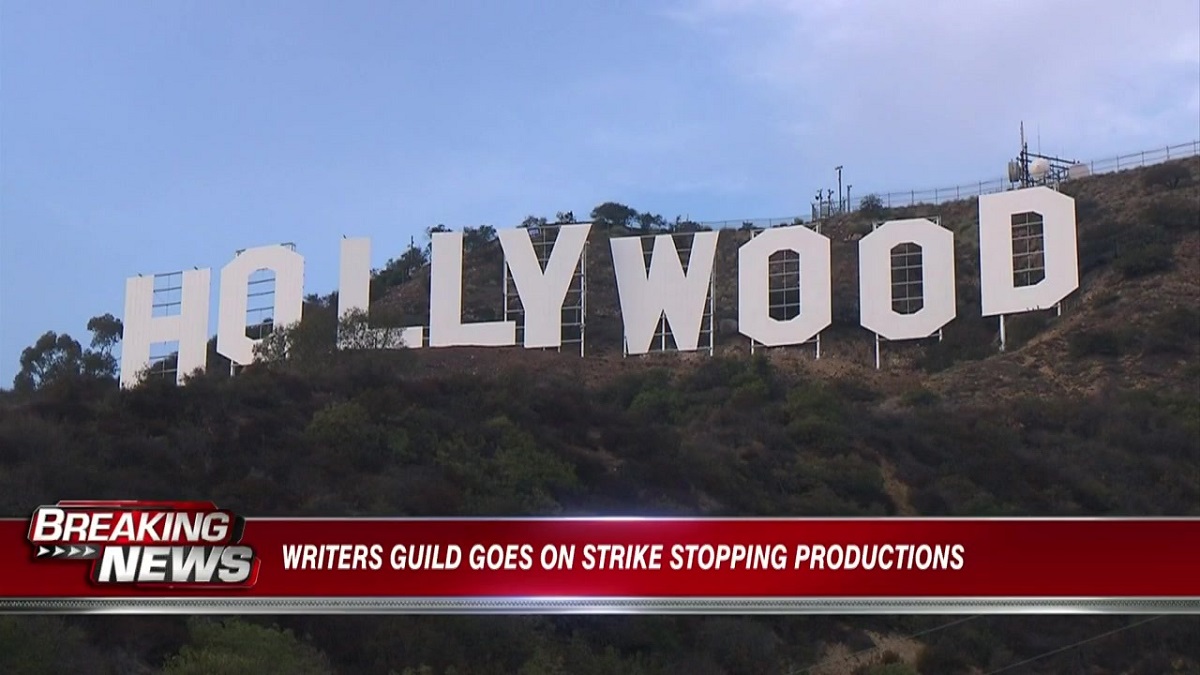 Hollywood Strike Actors Join Writers Bringing Production To A Halt
Apr 22, 2025
Hollywood Strike Actors Join Writers Bringing Production To A Halt
Apr 22, 2025 -
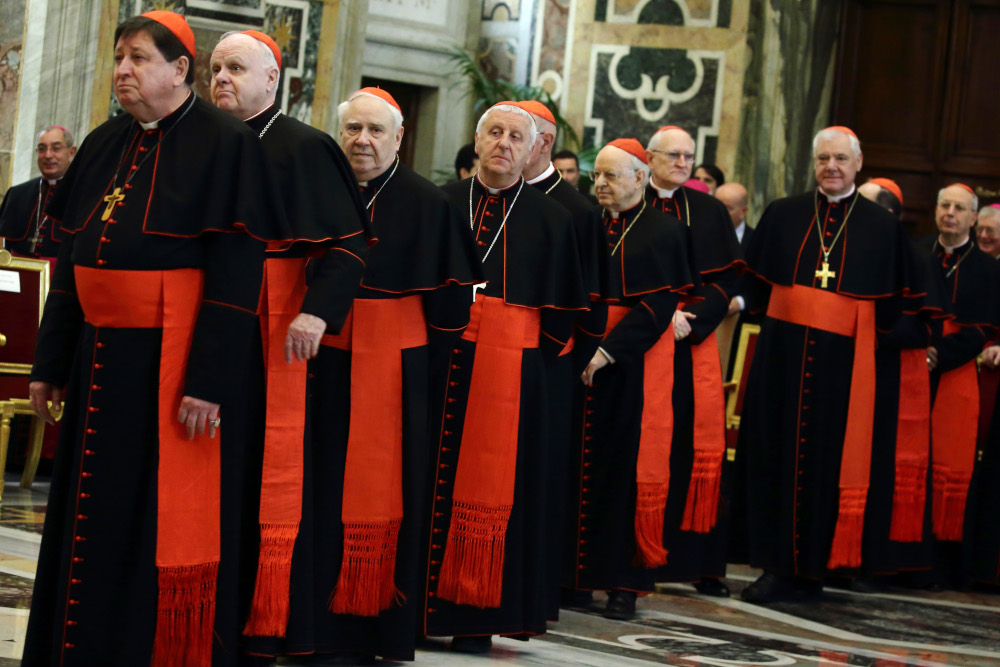 Pope Francis A Legacy Of Compassion 1936 2024
Apr 22, 2025
Pope Francis A Legacy Of Compassion 1936 2024
Apr 22, 2025 -
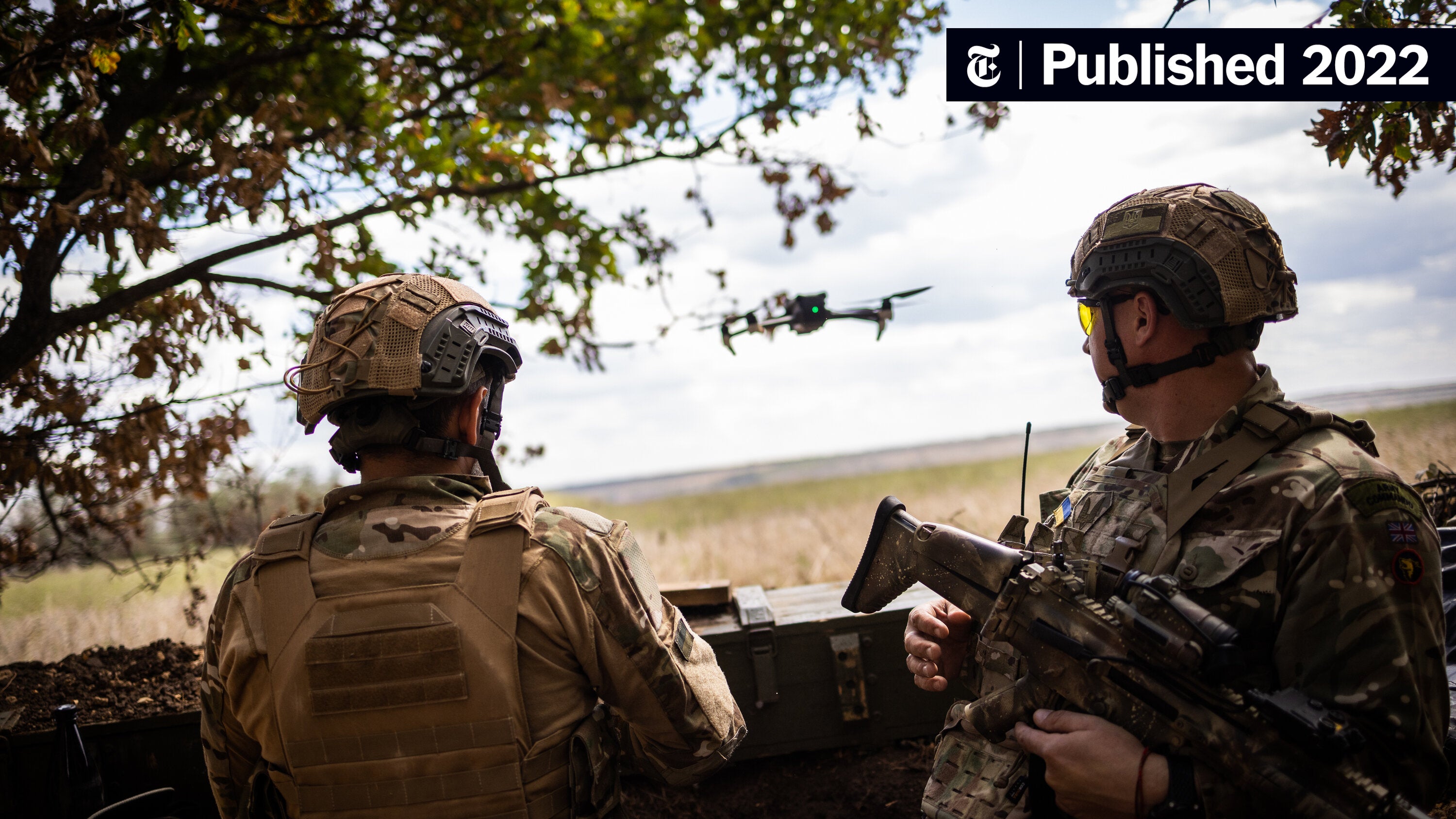 Fighting Resumes In Ukraine Following Putins Easter Truce
Apr 22, 2025
Fighting Resumes In Ukraine Following Putins Easter Truce
Apr 22, 2025 -
 How Tariffs Threaten Chinas Export Led Growth Model
Apr 22, 2025
How Tariffs Threaten Chinas Export Led Growth Model
Apr 22, 2025 -
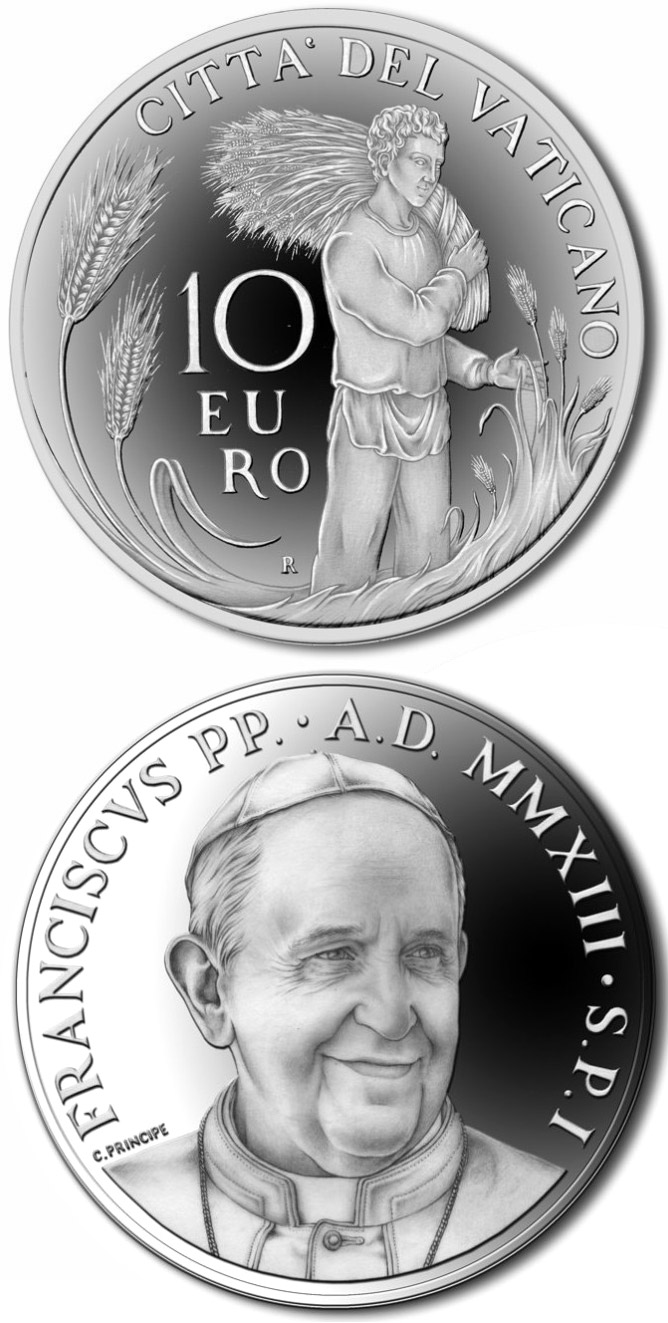 Assessing Pope Franciss Pontificate The Conclaves Verdict
Apr 22, 2025
Assessing Pope Franciss Pontificate The Conclaves Verdict
Apr 22, 2025
